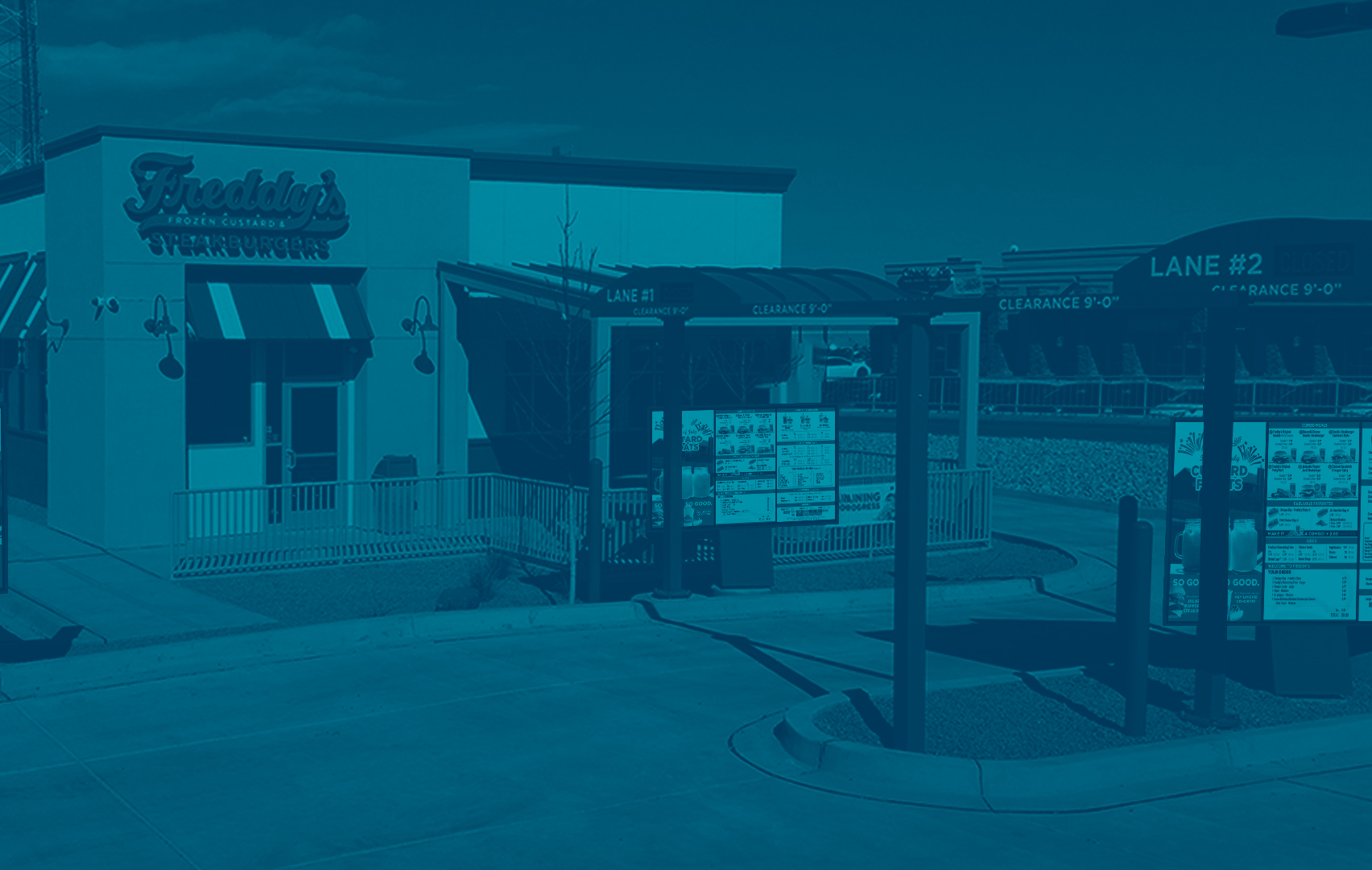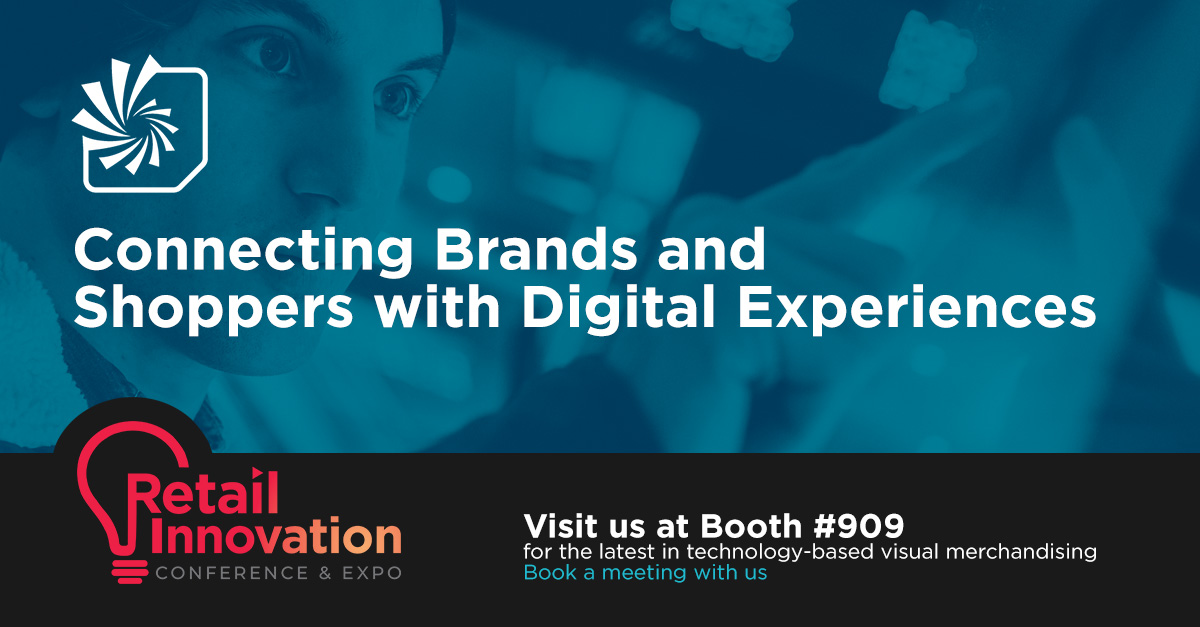The Maturation of Digital Signage: What’s New? What’s Possible?
We admit to being biased, but we are excited about the future of digital signage. We started with mounted TVs and VHS videotapes played on a loop. Now, with dropping hardware prices and emerging cloud-based technologies, digital signage solutions
are more of a reality for many companies.

What's new in digital signage?
As digital signage matures and becomes more widely adopted, the software is improving. Content is no longer coming from a locally installed media player. Now, most digital signage software is cloud-based, giving you greater speed of deployment, better scalability, and content security. This software can also leverage third-party data and visualize it on the screens, making the creation of new content simple. It’s also possible for this software to use local data to populate templates, allowing you to create hyper-local content at scale. This is a highly efficient approach versus the alternative of having a team of designers to crank out multiple content versions.
Hardware also continues to improve. Screens are available in more shapes, sizes, and higher resolutions. Configurable LED displays are going to be the future of digital signage. While we’ve had screens on both extremes for years — really expensive and really affordable — we are seeing something in the middle coming on quick. These configurable, flexible and easy to use displays provide a high resolution at an affordable price point and are going to make more advanced digital signage something that’s within the reach of many more businesses.
Touch screens are also more affordable and larger. How much larger? Exceeding 50 inches, but that size is needed as more retailers push for assisted in-store selling experiences where sales associates can stand in front of the display with customers and help them find what they are looking for and deliver a great customer experience in the process.
Mobile integration is also now an option. Some stores are pairing smart panels with payment apps, letting customers pay for purchases without waiting in line. In airports, passengers can go to self-service kiosks to get information and make changes to their trip, then pay with their smart phone app.
And social media can be integrated into digital signage solutions. Retailers are displaying streaming content from their social media feeds on large screens. Customers tweet or post about their experience, and see their comment show up on the wall in front of them immediately.

What’s coming in the future?
As technology advances, companies continue to improve on hardware design. The 2020 Consumer Electronics Show (CES) showed that manufacturers are dedicated to providing bigger, better screens to customers. Samsung’s MicroLED-based TV has new technology that allows for larger-scale production of fixed screen sizes, all the way up to 150 inches. There are motorized screens that can shift orientations between landscape and portrait, as well as screens that will display flat then roll up when it’s time to store them away.
All of that’s to be somewhat expected though. Screens get bigger. Resolutions get sharper. What’s really exciting is how companies are using the technologies behind digital signage to create amazing customer experiences.
After revolutionizing online shopping, Amazon is looking to do the same thing to the in-store shopping experience, most of it around creating conveniences. One, is linking credit card payments to consumers’ palm prints, allowing shoppers to complete checkout with just a wave of the hand.
Then there are the Amazon Go retail locations that eliminate the need for an actual checkout process all together. Go in. Grab your items. And then let the machine learning, AI, and computer vision determine what you’ve grabbed and charge your account for the items.
Fashion retailers are starting to use cameras and digital screens to take selfies that integrate into the store’s catalog and offer outfit suggestions to the shopper. Others are using 3D body scanners to help shoppers find clothes that are perfectly fitted.
What if you could withdraw cash from the ATM without ever having to pull out a debit card? Microsoft is working with NAB to do just that. Instead of a debit card, the ATM uses facial recognition technology and biometric data to access the customer account.
Though we’re used to seeing digital signage in most locations, it’s clear that it won’t become boring any time soon. The new technologies coming out, coupled with the imagination of savvy retailers, will keep digital signage and the customer experience industries interesting and engaging for some time to come.
Share this
You May Also Like
These Related Stories

What's the Future of Interactive Experiences? (Part 2)

What’s New in Times Square? Let’s take a digital safari…


